Search

What Is Eating the Leaves on My Potato Plants?
Colorado potato beetles are currently active in South Dakota. These beetles are a major pest of potatoes and other members of the nightshade family, including tomatoes, peppers and eggplants.
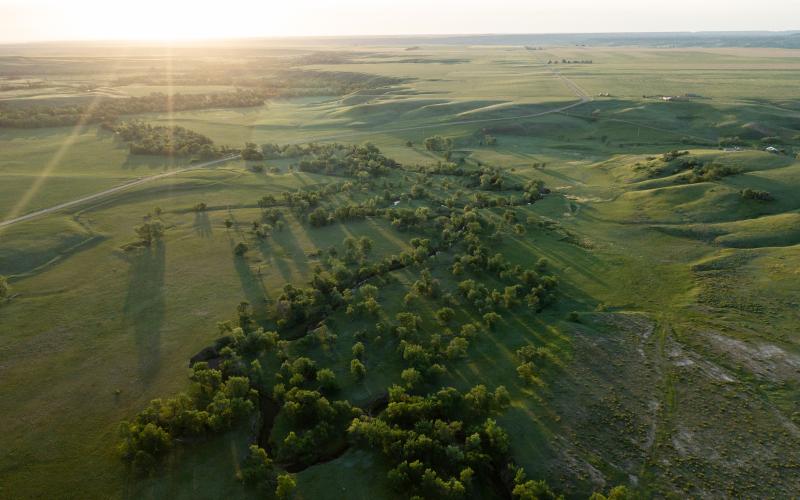
Understanding Western South Dakota Prairie Streams
This document provides information and guidance for landowners and land managers in western South Dakota who are managing small intermittent streams.
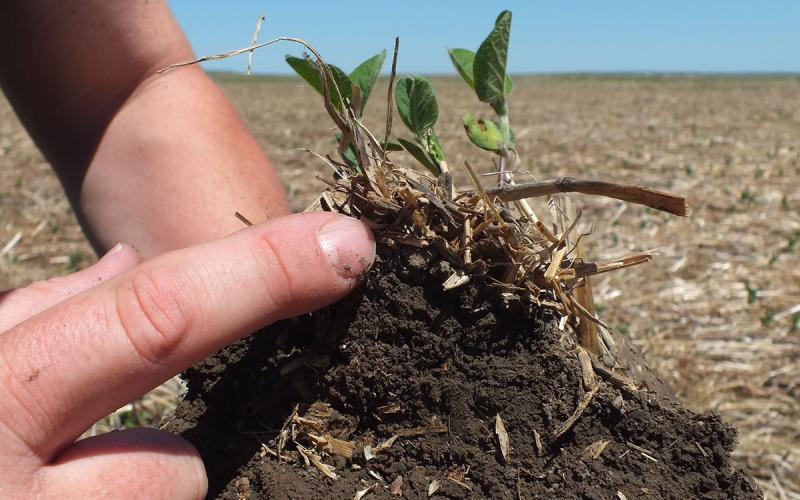
Biological Agronomy
Biological agronomy is an adaptive soil management system used to build soil microbiology through intensive regenerative practices that increase carbon and nutrient availability for profitable crop production.
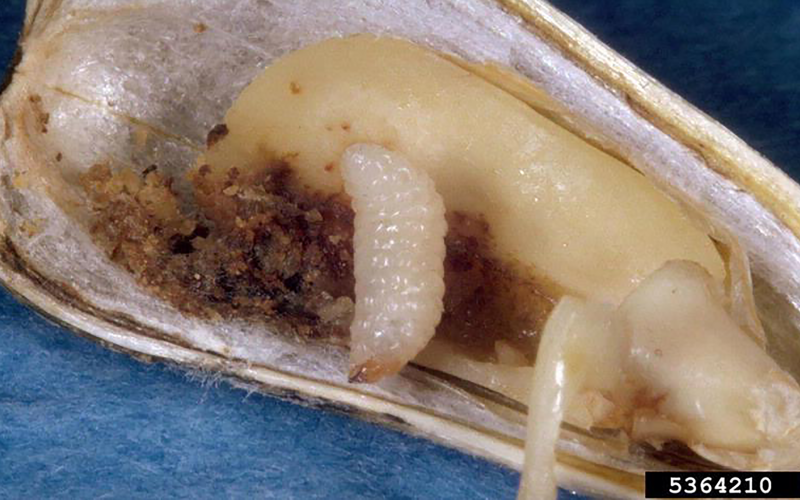
An identification guide for Sunflower Insect Pests in South Dakota
Identification guide to assist with insect identification and management in sunflowers.
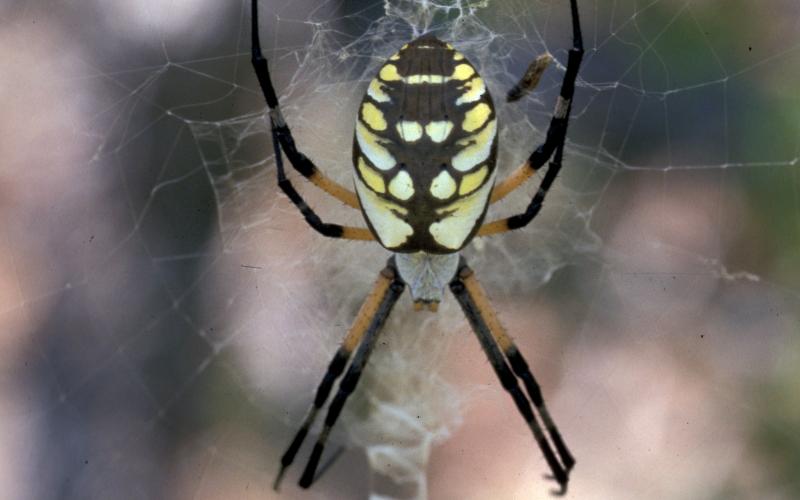
An identification guide for Common Spiders in South Dakota
Identification guide to assist with identification and management of common spiders.
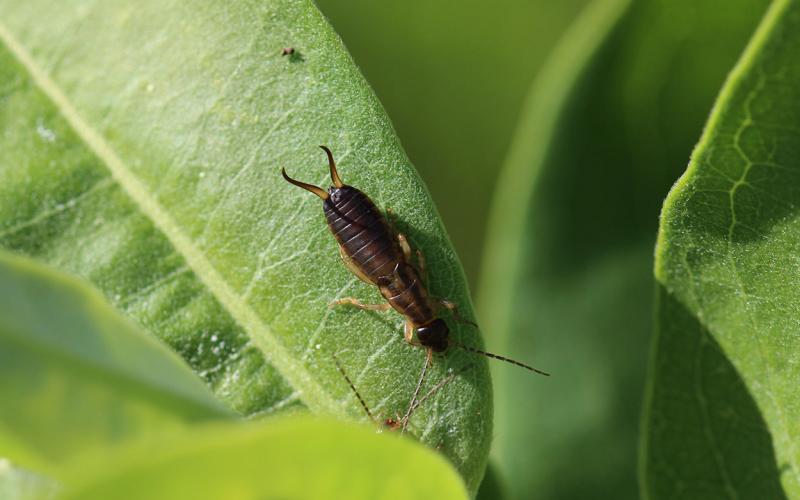
An identification guide for Home and Building Arthropod Pests - Insects, Spiders and Other Invaders in South Dakota
Identification guide to assist with identification and management of home and building arthropod pests (insects, spiders and other invaders).

What Makes Winter Wheat a “Winter Wheat”?
For most of us wheat is wheat; however there is a distinct difference between spring and winter wheat, even though the vegetative characteristics of these two wheat types are very similar. Winter wheat can withstand freezing temperatures for extended periods of time during the early vegetative stage and requires exposure to freezing or near freezing temperature to trigger reproductive stage. In other words, if winter wheat does not go through a period of cold temperatures, then it will not produce seed. Two things needed for winter wheat to perform at optimally and produce good yields are- cold acclimation and vernalization.
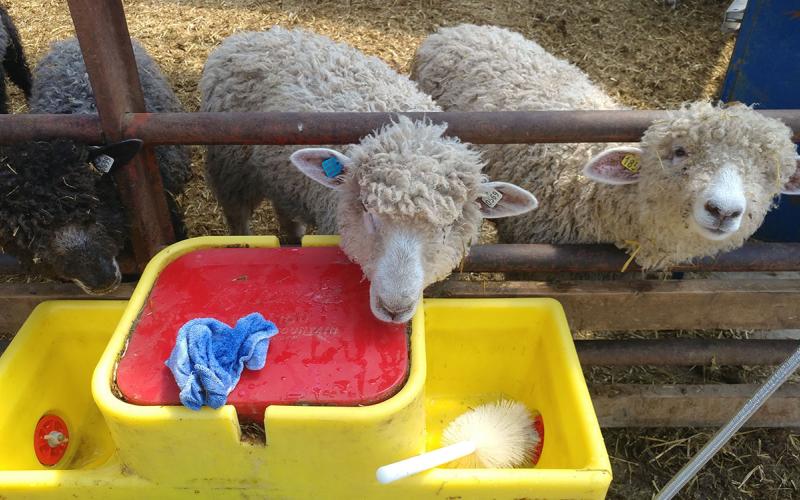
Sheep Water Requirements and Quality Testing
Water intake is critical for ensuring flock health, performance and heat stress mitigation. Learn some key considerations for water quality and intake requirements.

Farm’s Target for Working Capital
Working capital provides a first line of defense for financial stress and an opportunity to take advantage of bargains that may arise. Learn how to calculate it and determine strategic targets for your operation.

Noxious Weeds of South Dakota
Pictorial reference guide of noxious weeds in South Dakota